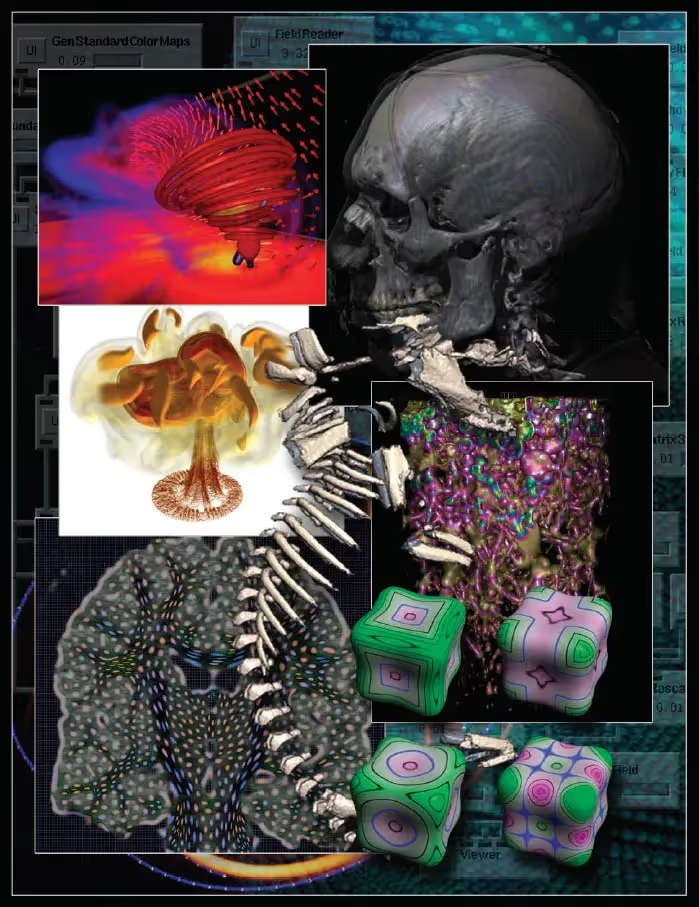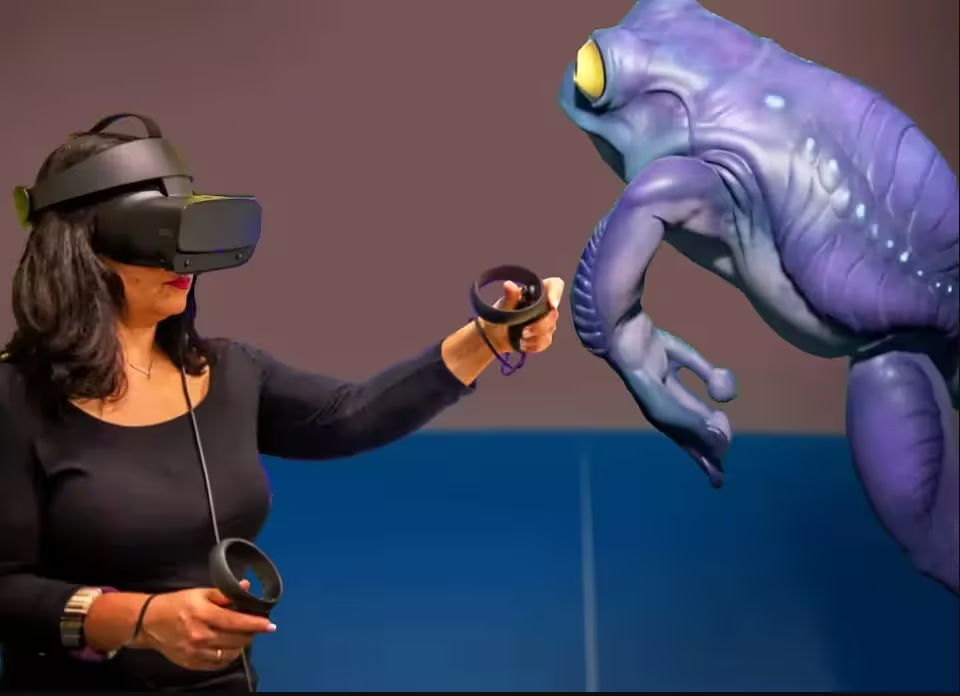
The realms of visual art and technology have seen dramatic advancements in the last few decades, transforming the way we perceive and create images. Among these advancements, Computer Graphics (CG) and Computer-Generated Imagery (CGI) stand out as pivotal technologies. While these terms are often used interchangeably, they encompass different aspects of the digital visual arts. Another significant advancement in this field is the 3ds Max Render Farm, which accelerates the rendering process for complex 3D models, thereby enhancing efficiency and visual quality in projects. This article delves into the distinctions between CG and CGI, explores their definitions, historical evolution, core concepts, applications, and future trends, while also highlighting essential tools like the 3ds Max Render Farm that support these technologies.
Computer Graphics (CG) refers broadly to the creation, manipulation, and representation of visual images using computers. This field encompasses a wide range of applications, from simple 2D graphics to complex 3D models and animations. CG includes the tools and techniques used to generate and manipulate images, such as modeling, texturing, and rendering.
On the other hand, Computer-Generated Imagery (CGI) specifically denotes the use of computer graphics to create images and sequences that are integrated into various forms of media, such as films, video games, and virtual reality. CGI is a subset of CG, focusing on the creation of visual content that appears realistic and is often indistinguishable from real-life imagery.
The journey of CG and CGI began in the 1960s with early experiments in computer-generated imagery. Ivan Sutherland's Sketchpad (1963) marked a significant milestone, allowing users to interact with computer graphics. The 1970s and 1980s saw further advancements with the development of raster graphics, vector graphics, and the introduction of shading models by Henri Gouraud and Bui Tuong Phong, which added realism to 3D objects.

The 1990s heralded the arrival of CGI in mainstream media, with notable milestones such as the release of Pixar's "Toy Story" in 1995, the first feature-length film entirely created using CGI. This period also saw significant advancements in rendering techniques, including ray tracing and global illumination, which enhanced the visual fidelity of computer-generated images.
3D computer graphics involve the creation of three-dimensional models that can be manipulated in a virtual space. This process begins with 3D modeling, where artists use software like Blender, 3ds Max, or Maya to construct digital representations of objects. These models are then textured, assigning surface details, and rendered, converting the 3D model into a 2D image.
Applications of 3D computer graphics are vast, ranging from video games and films to virtual reality and scientific visualization. In video games, 3D graphics create immersive environments, characters, and objects, enhancing the player's experience. In scientific visualization, 3D graphics help in visualizing complex data sets, such as medical imaging or architectural designs.
CGI plays a crucial role in producing visual effects (VFX) and animation in modern media. VFX artists use CGI to create realistic environments, creatures, and phenomena that would be impossible or impractical to capture on camera. For instance, the lifelike dinosaurs in "Jurassic Park" (1993) and the fantastical landscapes in "Avatar" (2009) were made possible through CGI.
In animation, CGI enables the creation of dynamic and expressive characters, as seen in animated films like "Toy Story" and "Frozen" (2013). Techniques such as motion capture, where live actors' movements are recorded and translated into digital models, further enhance the realism and fluidity of CGI animation.
A variety of software tools are available for creating and manipulating computer graphics. Adobe Photoshop is a staple for 2D image editing, offering robust tools for painting, texturing, and compositing. For 3D modeling, artists turn to software like Blender, 3ds Max, Maya, and Cinema 4D. These programs provide comprehensive toolsets for modeling, sculpting, rigging, and animating 3D models.
In addition to these, specialized tools like ZBrush for digital sculpting and Substance Painter for texture painting play crucial roles in the CG pipeline. These tools enable artists to create highly detailed and realistic models and textures.
Rendering is the process of converting 3D models into 2D images, and advancements in rendering techniques have significantly enhanced the quality of CGI. Ray tracing, a technique that simulates the way light interacts with objects, produces highly realistic images by accurately depicting reflections, refractions, and shadows.
Software like Arnold, V-Ray, and Unreal Engine utilize these advanced rendering techniques to produce photorealistic images. These rendering engines leverage powerful algorithms and GPU acceleration to handle complex scenes and deliver high-quality outputs in shorter times.
The film and television industries are perhaps the most prominent users of CGI. Blockbuster films like "The Matrix" (1999), "The Lord of the Rings" trilogy, and "The Avengers" series have set benchmarks for CGI use, blending real-life footage with computer-generated elements to create seamless and captivating visual narratives.
Television shows, too, have embraced CGI for creating complex scenes and special effects. Series like "Game of Thrones" employed CGI extensively to bring to life its mythical creatures and expansive landscapes.

In scientific visualization, CG is used to create accurate and detailed representations of complex phenomena. This includes visualizing molecular structures, simulating astrophysical events, and creating anatomical models for medical education. These visualizations aid in research, teaching, and presenting scientific data in an accessible and comprehensible manner.

In education, CG and CGI are used to develop interactive and engaging learning materials. From virtual labs in science classes to historical reconstructions in humanities, these technologies enhance the educational experience by providing immersive and interactive visual aids.
Motion capture technology captures the movements of live actors and translates them into digital models. This technique is widely used in films and video games to create realistic and fluid animations. Characters like Gollum in "The Lord of the Rings" and Caesar in "Planet of the Apes" were brought to life using motion capture, combined with advanced CGI.

Computer animation, on the other hand, involves keyframe animation, where animators manually create key poses for characters and objects, and the software interpolates the in-between frames. This technique is prevalent in animated films and TV shows, offering creative freedom and control over the animation.
In graphic design, CG is used to create logos, posters, advertisements, and other visual content. Tools like Adobe Illustrator and CorelDRAW provide vector-based design capabilities, allowing designers to create scalable and high-quality graphics. Image editing software like Photoshop enables designers to manipulate photos, add effects, and create composites, enhancing the visual appeal of their work.
While both CG and CGI are integral to modern visual production, their usage and outcomes differ based on context. In film, CGI is used to create complex visual effects and realistic characters, enhancing the storytelling and visual experience. In advertising, CG is often used for creating high-quality product visuals and motion graphics, aimed at capturing consumer attention and conveying brand messages effectively.
"Toy Story," as the first fully CGI-animated feature film, revolutionized the animation industry, showcasing the potential of CGI in creating engaging and visually stunning narratives. The film's success paved the way for numerous CGI-animated films that followed.
In contrast, traditional animation techniques, as seen in early Disney films, involved hand-drawn frames, offering a distinct artistic style. "JoJo's Bizarre Adventure" combines traditional animation with digital puppetry, where 2D characters are rigged and animated using digital tools, blending the aesthetics of traditional animation with the efficiency of CGI.
Creating CGI involves overcoming numerous creative and technical challenges. Artists must balance creativity with technical constraints, such as rendering times and hardware limitations. Designing realistic characters and environments requires a deep understanding of anatomy, physics, and lighting, as well as proficiency in using complex software tools.
Advanced CG applications, such as real-time rendering and virtual production, pose significant technical challenges. Real-time rendering requires optimizing scenes to run smoothly on various devices, balancing visual quality with performance. Virtual production involves integrating live-action footage with CGI in real-time, necessitating precise synchronization and seamless blending of physical and digital elements.
Emerging technologies, such as virtual reality (VR), augmented reality (AR), and mixed reality (MR), are expanding the possibilities of CGI. These technologies offer immersive and interactive experiences, enabling new genres of entertainment and storytelling. For example, VR games and experiences transport users to fully realized digital worlds and workspaces, while AR applications overlay digital information onto the real world, enhancing our interaction with our environment.

Artificial intelligence (AI) and machine learning (ML) are poised to revolutionize CG and CGI. AI-driven tools can automate repetitive tasks, such as modeling and texturing, freeing up artists to focus on creative aspects. Machine learning algorithms can enhance rendering techniques, improving image quality and reducing rendering times. Moreover, AI can assist in creating more realistic animations and simulations, pushing the boundaries of what is possible in digital visual arts.
While CG and CGI are closely related, they serve different purposes and applications within the broader scope of digital visual arts. CG encompasses a wide range of techniques and tools for creating and manipulating images, while CGI focuses specifically on generating realistic imagery for media and entertainment. Understanding these distinctions allows artists and creators to leverage the strengths of each technology effectively, pushing the boundaries of visual storytelling and artistic expression.